We present a universal theory of quantum work statistics in generic disordered non-interacting Fermi systems, displaying a chaotic single-particle spectrum captured by random matrix theory. We…
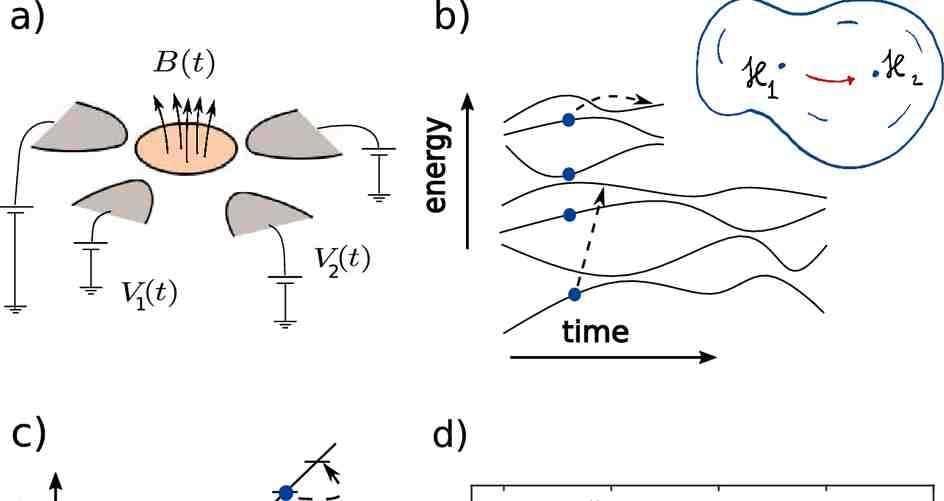

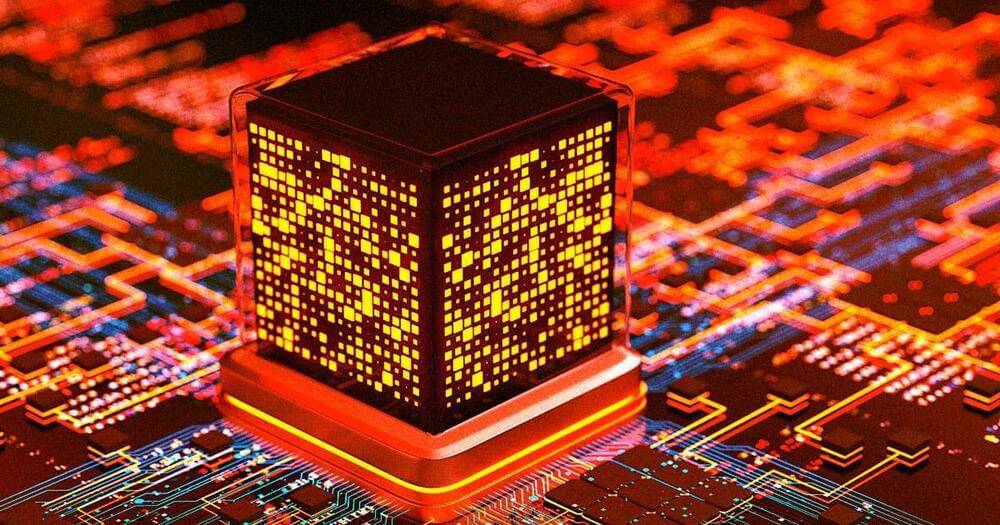
Oxford quantum physicist Nikita Gourianov tore into the quantum computing industry this week, comparing the “fanfare” around the tech to a financial bubble in a searing commentary piece for the Financial Times.
In other words, he wrote, it’s far more hype than substance.
It’s a scathing, but also perhaps insightful, analysis of a burgeoning field that, at the very least, still has a lot to prove.
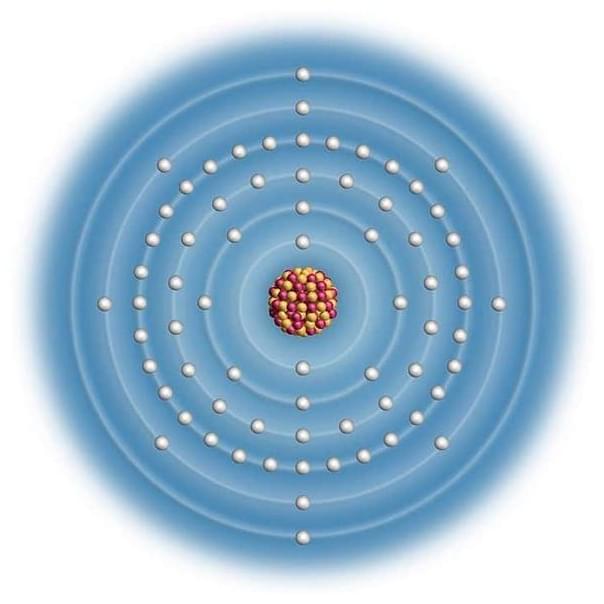
The atoms arranged in lines and sheets reached about 1.2 nanokelvin, more than 2 billion times colder than interstellar space. For the atoms in three-dimensional arrangements, the situation is so complex that the researchers are still figuring out the best way to measure the temperature.
The atoms in the experiment belong to a larger group called fermions and were “the coldest fermions in the universe”, says Hazzard. “Thinking about experimenting on this 10 years ago, it looked like a theorist’s dream,” he says.
Physicists have long been interested in how atoms interact in exotic magnets like this because they suspect that similar interactions happen in high-temperature superconductors – materials that perfectly conduct electricity. By better understanding what happens, they could build better superconductors.
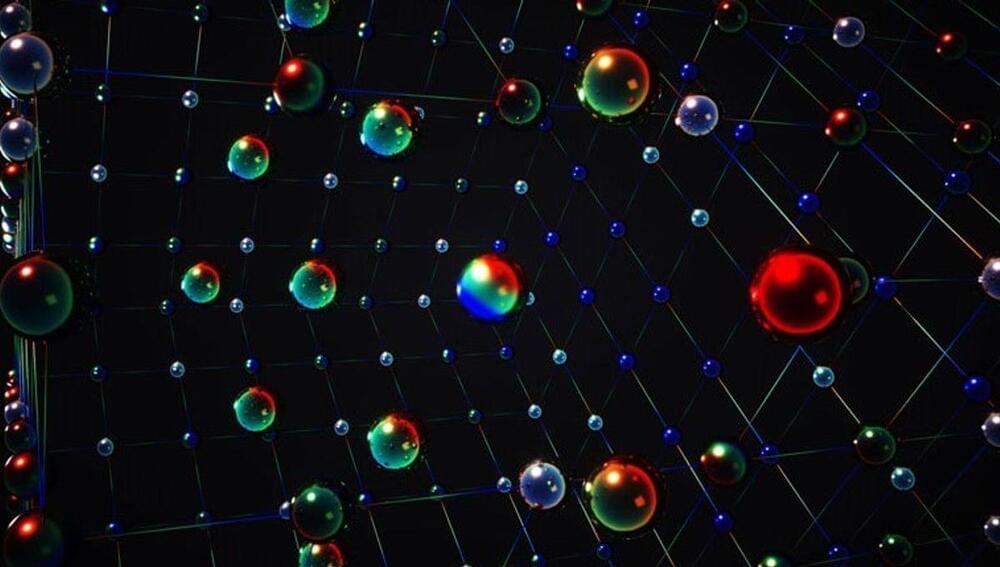
A team of Japanese and US physicists has pushed thousands of Ytterbium atoms to just within a billionth of a degree above absolute zero to understand how matter behaves at these extreme temperatures. The approach treats the atoms as fermions, the type of particles like electrons and protons, that cannot end up in the so-called fifth state of matter at those extreme temperatures: a Bose-Einstein Condensate.
When fermions are actually cooled down, they do exhibit quantum properties in a way that we can’t simulate even with the most powerful supercomputer. These extremely cold atoms are placed in a lattice and they simulate a “Hubbard model” which is used to study the magnetic and superconductive behavior of materials, in particular the collective motion of electrons through them.
The symmetry of these models is known as the special unitary group, or, SU, and depends on the possible spin state. In the case of Ytterbium, that number is 6. Calculating the behavior of just 12 particles in a SU Hubbard model can’t be done with computers. However, as reported in Nature Physics, the team used laser cooling to reduce the temperature of 300,000 atoms to a value almost three billion times colder than the temperature of outer space.

Be it magnets or superconductors, materials are known for their various properties. However, these properties may change spontaneously under extreme conditions. Researchers at the Technische Universität Dresden (TUD) and the Technische Universität München (TUM) have discovered an entirely new type of these phase transitions. They display the phenomenon of quantum entanglement involving many atoms, which previously has only been observed in the realm of a few atoms. The results were recently published in the scientific journal Nature.
New fur for the quantum cat
In physics, Schroedinger’s cat is an allegory for two of the most awe-inspiring effects of quantum mechanics: entanglement and superposition. Researchers from Dresden and Munich have now observed these behaviors on a much larger scale than that of the smallest of particles. Until now, materials that display properties, like magnetism, have been known to have so-called domains—islands in which the materials properties are homogeneously either of one or a different kind (imagine them being either black or white, for example).
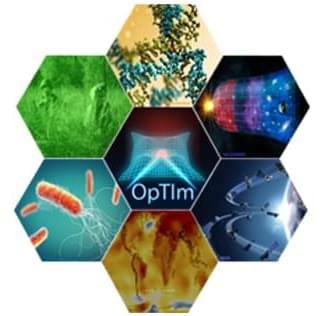
The infrared (IR) spectrum is a vast information landscape that modern IR detectors tap into for diverse applications such as night vision, biochemical spectroscopy, microelectronics design, and climate science. But modern sensors used in these practical areas lack spectral selectivity and must filter out noise, limiting their performance. Advanced IR sensors can achieve ultrasensitive, single-photon level detection, but these sensors must be cryogenically cooled to 4 K (−269 C) and require large, bulky power sources making them too expensive and impractical for everyday Department of Defense or commercial use.
DARPA’s Optomechanical Thermal Imaging (OpTIm) program aims to develop novel, compact, and room-temperature IR sensors with quantum-level performance – bridging the performance gap between limited capability uncooled thermal detectors and high-performance cryogenically cooled photodetectors.
“If researchers can meet the program’s metrics, we will enable IR detection with orders-of-magnitude improvements in sensitivity, spectral control, and response time over current room-temperature IR devices,” said Mukund Vengalattore, OpTIm program manager in DARPA’s Defense Sciences Office. “Achieving quantum-level sensitivity in room-temperature, compact IR sensors would transform battlefield surveillance, night vision, and terrestrial and space imaging. It would also enable a host of commercial applications including infrared spectroscopy for non-invasive cancer diagnosis, highly accurate and immediate pathogen detection from a person’s breath or in the air, and pre-disease detection of threats to agriculture and foliage health.”


Protons are particles that exist in the nucleus of all atoms, with their number defining the elements themselves. Protons, however, are not fundamental particles. Rather, they are composite particles made up of smaller subatomic particles, namely two “up quarks” and one “down quark” bound together by force-carrying particles (bosons) called “gluons.”
This structure isn’t certain, however, and quantum physics suggests that along with these three quarks, other particles should be “popping” into and out of existence at all times, affecting the mass of the proton. This includes other quarks and even quark-antiquark pairs.
Indeed, the deeper scientists have probed the structure of the proton with high-energy particle collisions, the more complicated the situation has become. As a result, for around four decades, physicists have speculated that protons may host a heavier form of quark than up and down quarks called “intrinsic charm quarks,” but confirmation of this has been elusive.
Lecture from the mini-series “Cosmology & Quantum Foundations” from the “Philosophy of Cosmology” project. A University of Oxford and Cambridge Collaboration.
⭕ Watch the full episode on EpochTV 👉https://ept.ms/UltimateWeapon_FULL
🔔 A Documentary by The Epoch Times, reveals the truth that has been hidden from the American people.👉https://ept.ms/3cTR1zF
🔵 Enjoy 50% OFF 👉 https://ept.ms/3OAQfFI
⭕️ Sign up for our NEWSLETTER and stay in touch👉https://www.ntd.com/newsletter.html.
World powers are in a race for the next #ManhattanProject. This time, instead of an atomic bomb, the atoms make up a #QuantumComputer.
In this special report, we look at China’s goal to be the first to get their hands on the ultimate #CyberWeapon, how China stacks up against the United States in terms of this race, and how Americans’ personal information is at the heart of it all.